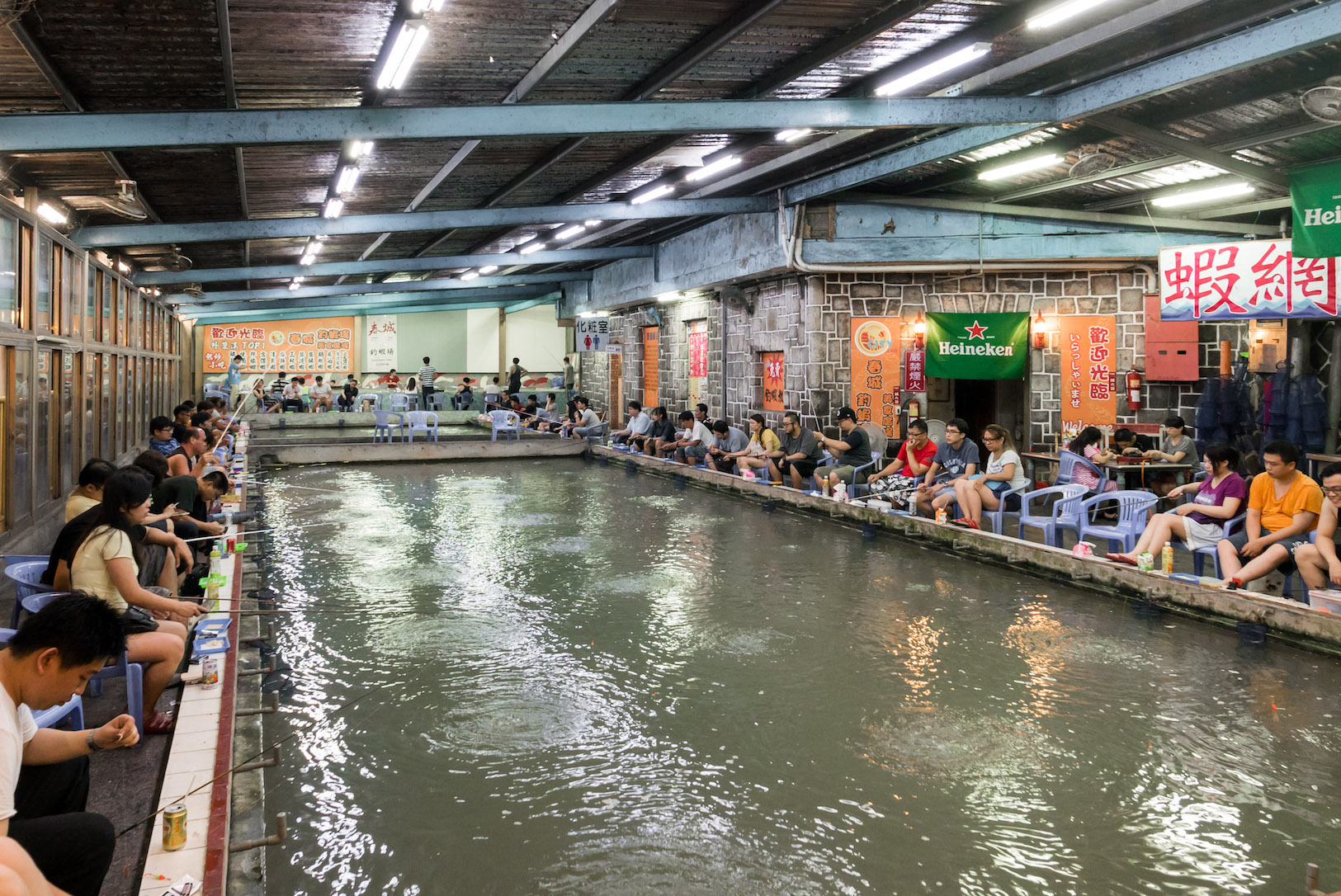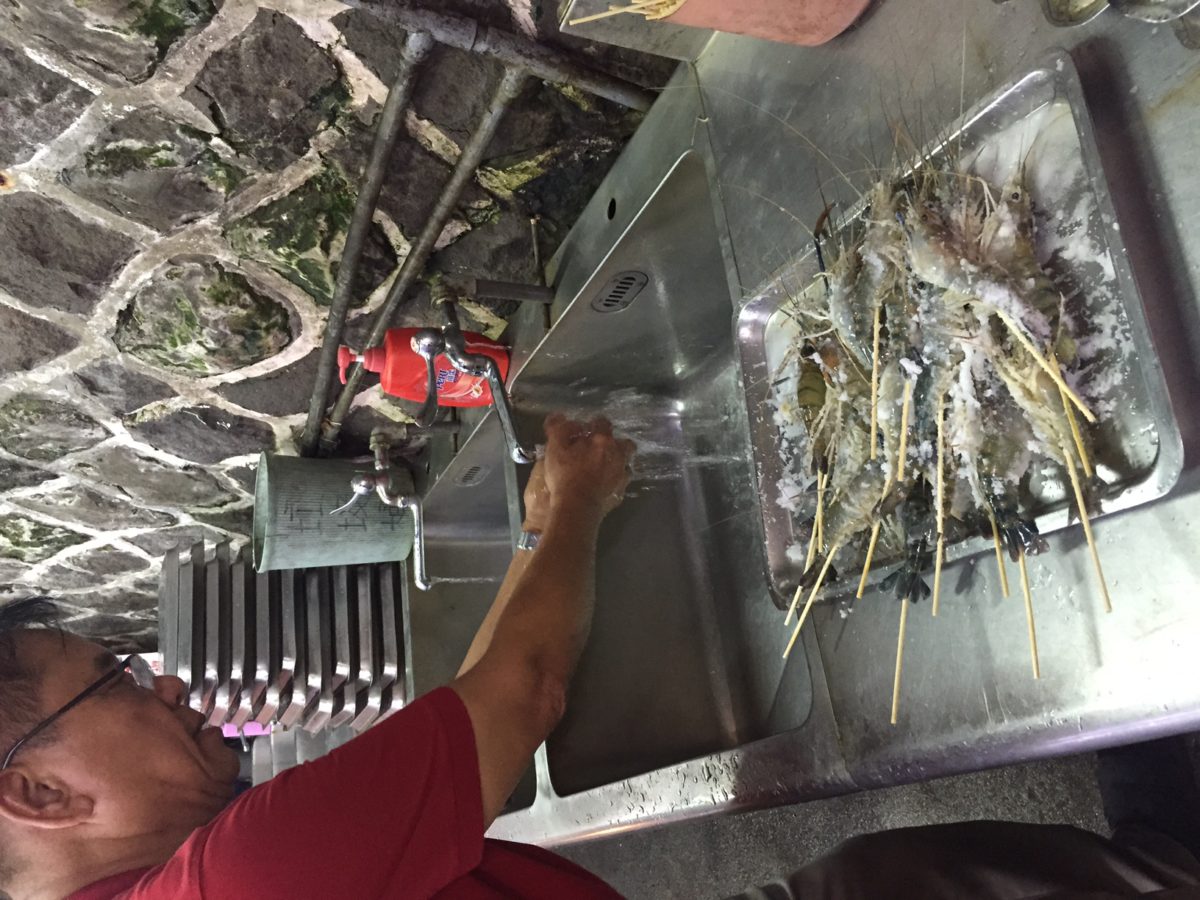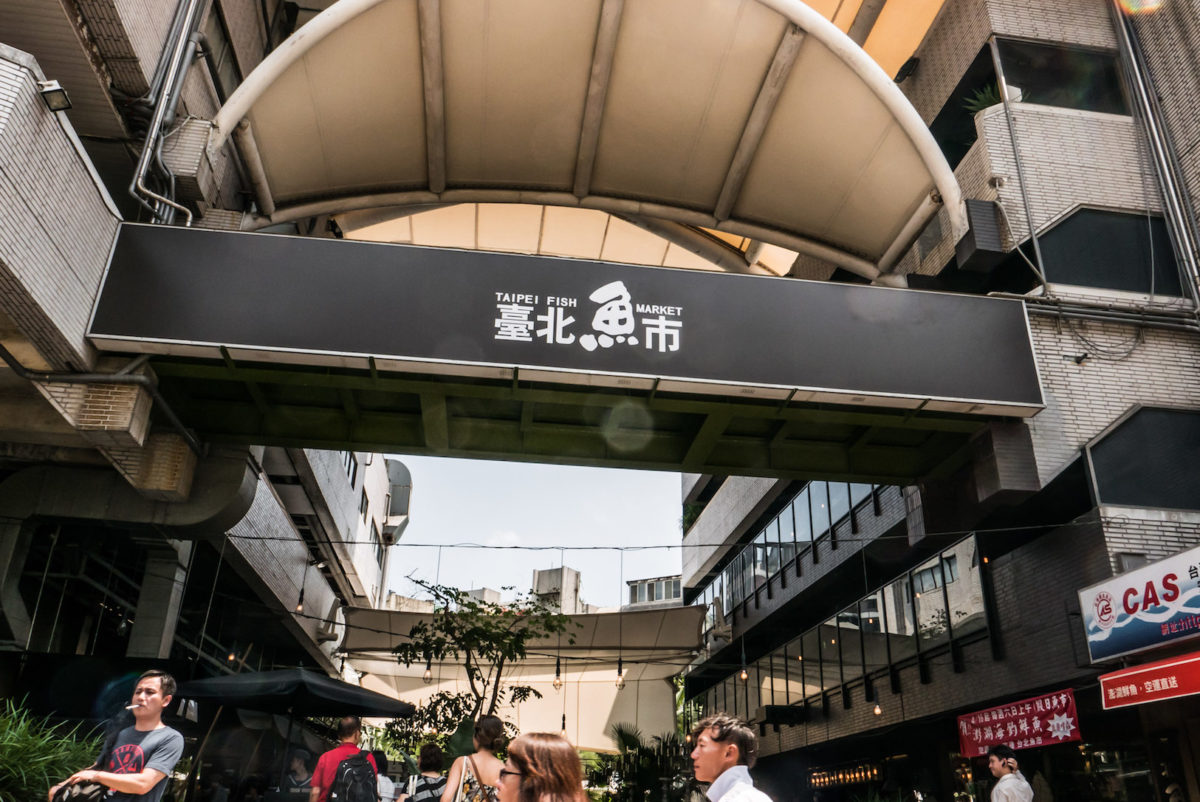If you’re looking for a truly unique activity in Taipei, then you have to check out indoor shrimp fishing. We first saw this on Anthony Bourdain’s show, “No Reservations,” and we put it down on our to-do list for our visit.
Traditionally, to go fishing people had to go to lakes, rivers and oceans but many times that would be too expensive or impractical. But shrimp fishing solves all of those problems which makes it a perfect activity for people of all ages and sizes and has become a national pastime in Taiwan.
You’re probably wondering, what exactly is shrimp fishing? In a nutshell, it’s a very popular activity Taiwan where you go into large indoor facilities and fish from giant murky water pools for large freshwater shrimp. It may sound somewhat unappealing [even I wasn’t sure what to think when I first saw this] but it is actually very entertaining and a great social activity.
There are many of these indoor shrimp fishing buildings in Taiwan. Each building can hold several large pools that are about several feet deep and houses lots of freshwater shrimp, which are refilled every hour or so. You will see dozens of people sit on each side of the pool wherever there is space. You are given a simple rod and hook, a bobble, dried shrimp bait and a net to hold your catch [and you can also bring your own equipment too]. If you’re a beginner, not a problem! There are experienced fisherman or employees that will teach you the basics to shrimp fishing.
Fishing for shrimp is simple enough: you hook your bait and drop your line into the pool hoping for the shrimp to bite. There’s no reel and the line is a finite length. If your bobble goes down, that’ll indicate that a shrimp is biting at your bait and could be time to pull out the shrimp.
Although it looks easy, there is actually quite a bit skill involved and some patience needed. Newcomers may be fortunate to catch 2 or 3 per hour, but you can even go an entire hour without catching a single shrimp! Other experienced shrimp fishers will bring their own equipment and can easily catch 10 or 12 shrimp per hour. A group of young kids next to us were catching shrimp pretty easily, maybe one every 5-10 minutes!
While catching shrimp is the goal, it is also a perfect environment for friends and families to socialize. Many people can be seen eating snacks, drinking beer and having a good time with each others’ company.
We did pretty well for our first time. We spent about 2.5 hours and it was pretty fun and relaxing. Overall, we ended up catching 21 shrimp between the four of us.
With our catch in hand, we reaped the rewards and went to grill our shrimp. We used available sinks for washing and skewering the shrimp and salt is provided for seasoning. An employee helped us grill our shrimp as we ordered some additional dishes.
We were skeptical how good the shrimp would be coming from that murky water. But we will say that it’s some of the best and most fresh tasting shrimp we’ve ever had. It does make a lot of sense that cooking shrimp right after catching them ensures them being very fresh. It was totally worth the effort and lots of fun doing it.
Shrimp fishing cost us about $10/hour per person and you keep everything you catch. If you’re an experienced fisherman, you can easily catch enough for a large meal within an hour. But if have trouble catching the shrimp or don’t have the patience, these places will offer a full menu, including the same shrimp that you can catch. Shrimp fishing is also open 24 hours and 7 days a week, so you can expect a steady stream of customers from 4 pm to even 4 am in the morning. It really is a unique experience and a fun activity that any visitor should try.
















































































